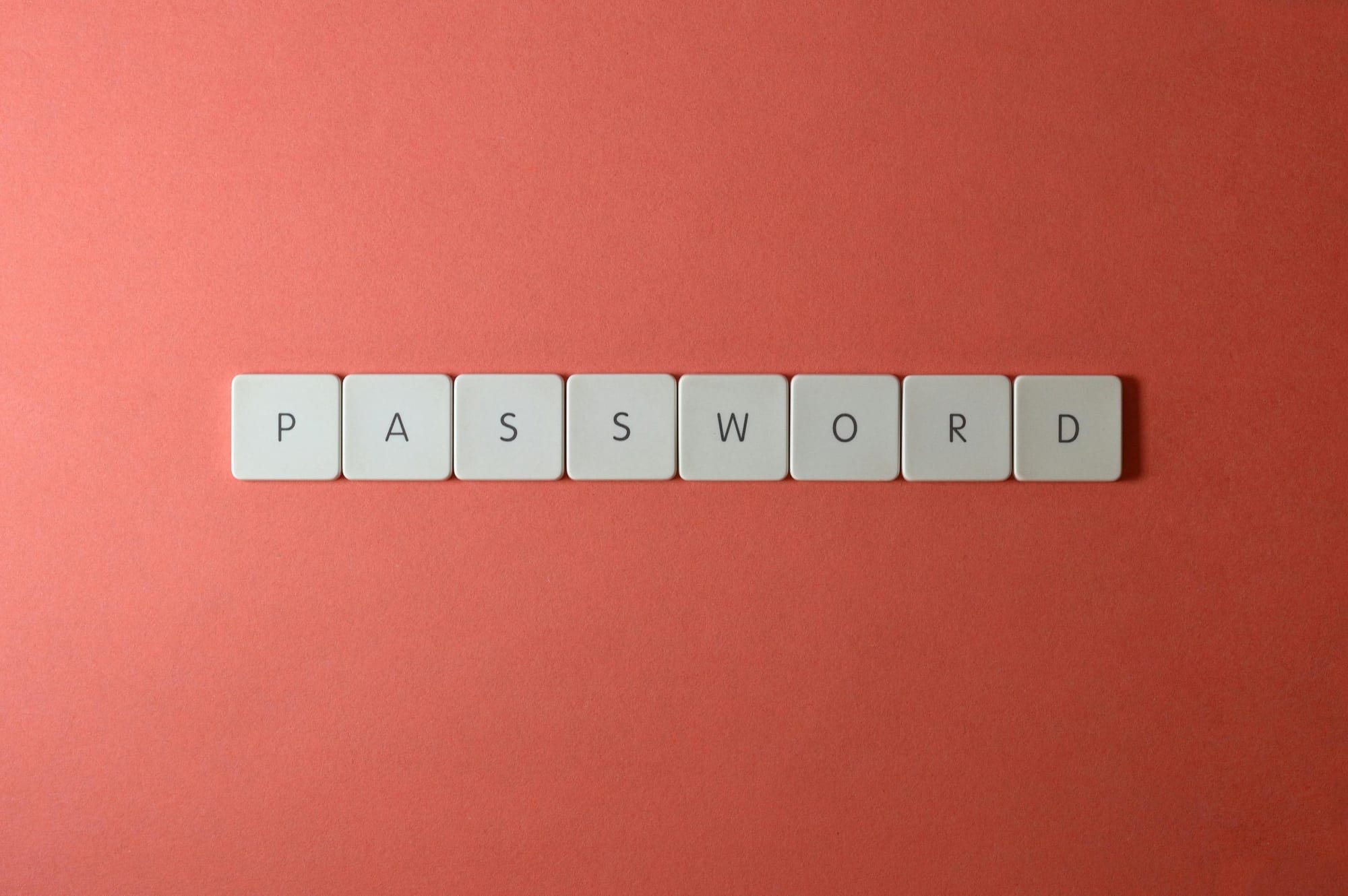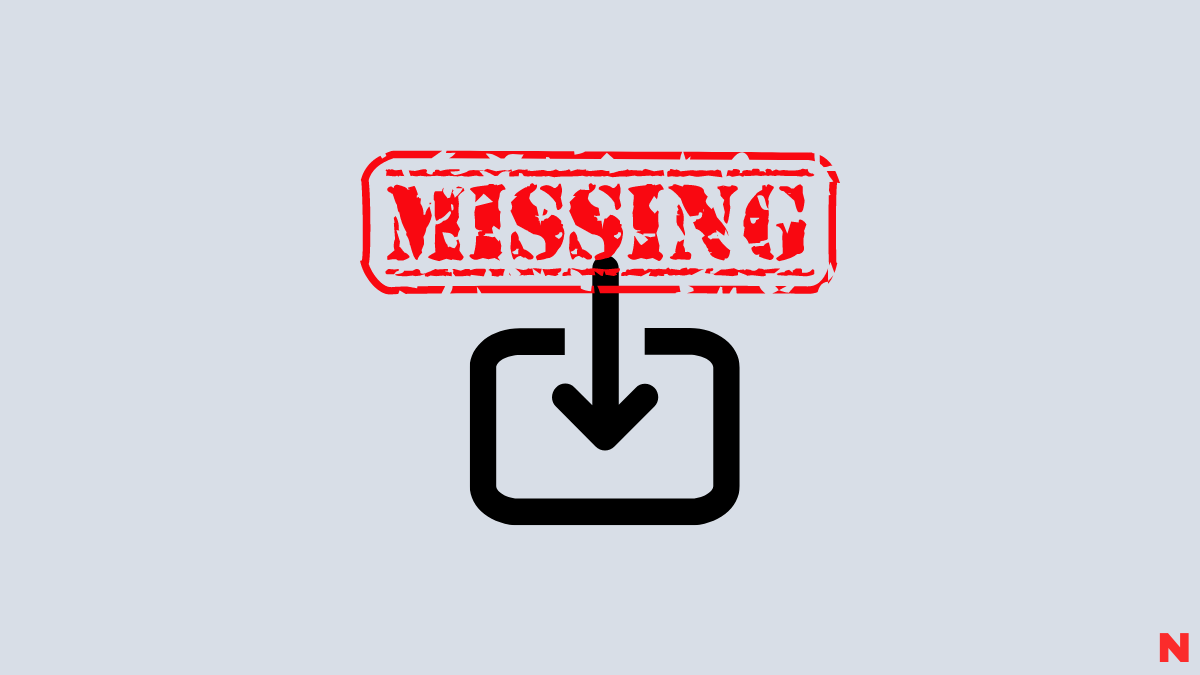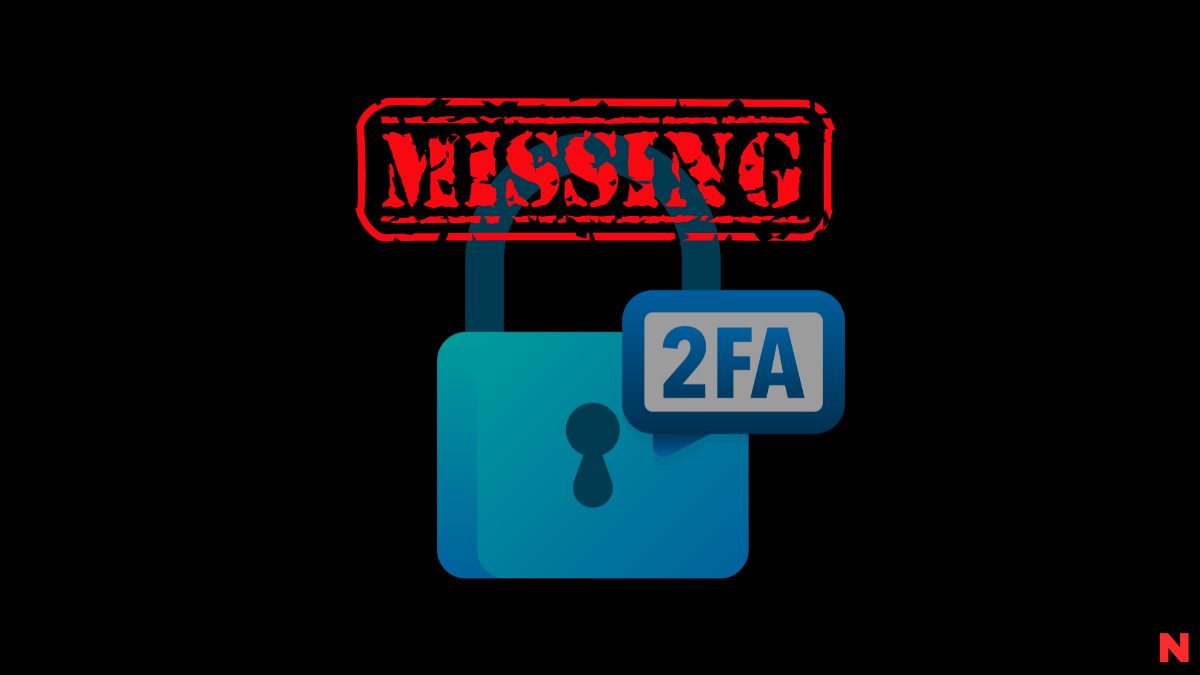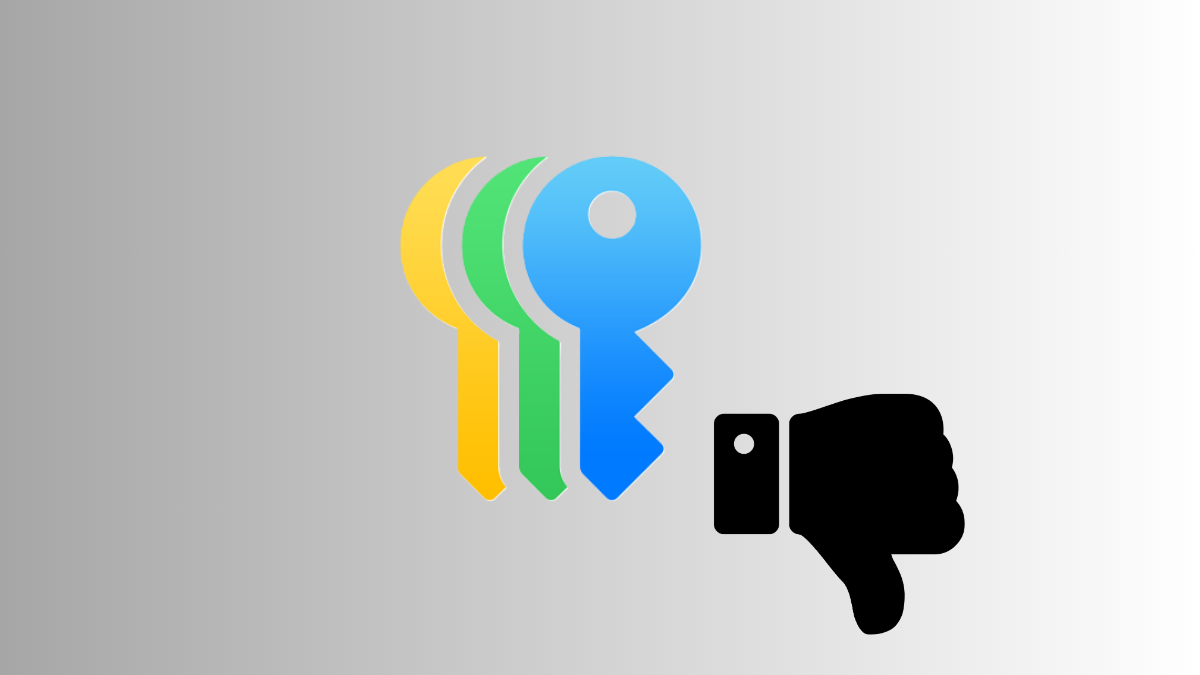What to know
- The new Passwords app in iOS 18 has several limitations and missing features usually found on password manager apps.
- The Passwords app doesn’t allow a secondary or Master password, doesn’t have support for Android devices, and makes accessing 2FA a cumbersome process.
- The app doesn’t allow saving credit cards and non-website related passwords. Transferring passwords from a third-party password manager app to Passwords is also a long and tiresome ordeal.
- It’s NOT recommended that you ditch your current password manager app in favor of Apple’s Passwords app just yet.
In iOS 18, Apple has pulled its password management tool out of the Settings app and turned it into a ‘Passwords’ app. The move sure does have its advantages – it’s easier to access saved passwords now (without having to open the Settings app) and there’s a lot less clutter.
But just because Apple has a shiny new app to access passwords does not necessarily mean that it’s the right solution for most users when it comes to password management. At least not just yet. Here’s why you shouldn’t ditch your regular password manager for Apple’s Passwords app in iOS 18.
Why you shouldn’t use Apple’s Passwords app in iOS 18
It’s been said that the Passwords app is ideally for users who have no idea what a password manager is and who don’t know that their iPhone can automatically create and save passwords for them. But there’s a case to be made for traditional password manager apps like 1Password or LastPass, or even Microsoft Authenticator that are just as easy to use, have way more important features, and are arguably more secure than Apple’s Passwords app.
If the Passwords app helps to make iPhone users hip to password managing apps in general, users shouldn’t just stop there, and instead get better password managers like LastPass. But where exactly does Apple’s Passwords app fall short of its promise? Let’s find out.
1. No Master password
The Passwords app relies on your iPhone’s password or biometrics to unlock. There is no second password – or a ‘Master’ password – that you can set to ensure additional safety for all your saved passwords. It’s hard not to see what a disadvantage this could be. If someone knows the PIN or pattern to your device, nothing’s stopping them from disabling Face ID and accessing your passwords. And why stop there? One could just as easily access your Apple ID, reset the password, and lock you out completely. Surely, in order to protect its contents, the ‘Passwords’ app should get an extra layer of security and not be treated like any other app.

Most password managers have a master password that users can set with variable levels of complexity and security keys. Although biometric authentication allows for faster access to the app, users have the option to hide all their passwords behind a secondary or master password. Apple’s Passwords app doesn’t have this option yet. And unless it gets this ability, the shadow of doubt will forever remain over the safety of your passwords.
RELATED: How to Hide an App in iOS 18 on iPhone
2. No Android app
Given how many more Android users there are in the world, not having an Android app severely restricts how easily one can adopt Apple’s Passwords app. Sharing passwords that are common among family members simply won’t be possible if members of the household have an Android device.
On the other hand, you can access your passwords on an iPad, a Mac, and even on Windows via the iCloud for Windows app. But if you or those with whom you share passwords have an Android device, you may as well forget about it. Apple’s restrictive policies are highly divisive and this is another example of how its ‘walled garden’ overlooks billions of Android users worldwide.

If you’re bound solely to Apple’s ecosystem, this might not apply wholly. But for multi-OS users, the inconveniences just add up over time.
3. No way to import passwords form third party apps (in iOS 18)
Even if you were looking to switch to Apple’s Passwords app, you’ll find it very hard to import your existing passwords from another password manager app.
Although it’s a slightly simpler process if you have a Mac, there are still unnecessary obstacles when transferring passwords from a third-party app like LastPass to the Passwords app. You’ll first need to export passwords from your password manager app to a CSV file. Then you’ll have to import the passwords to Safari via Settings > Passwords, and wait until they’re picked up by iCloud Keychain and made available to you across your Apple devices. All this excruciating labor just to transfer passwords.

In iOS 18, however, you can’t even do this. So you’ll inevitably have to get a hold of a PC or a Mac to be able to transfer passwords. Oddly enough, even those who want to make the shift will find themselves hopping through hoops. Given the limitations of the Passwords app, it’s hardly worth the effort.
Note: Apple might someday introduce a tool to import passwords from third-party password managers like LastPass and 1Password. But there’s no word on when such a tool will be made available.
4. No 2FA alerts for authentication codes
Users have also noticed that the Passwords app doesn’t make it easy to access notifications for Two-Factor Authentication (2FA) when logging on a separate device. For instance, if you’re signing into your e-mail on a work computer and are required to enter the 2FA code, you don’t get a notification or an alert to quickly access it on your iPhone. Instead, you have to open the Passwords app, and take the time to search for the app with the correct account details and then enter the 2FA that you see there.

By contrast, apps like LastPass or Microsoft Authenticator will send you a notification that you can tap on, unlock via biometrics, and access it right away. Apple’s implementation is not only inconvenient but downright annoying.
5. No support for adding credit card info and non-website related passwords
The Passwords app in iOS 18 is also missing a very important feature – that is, the ability to save credit card information right from the iPhone.

Unlike most password managers, Apple’s Passwords app in its current iteration is strictly for saving passwords and passkeys. This is another huge lost opportunity. If Apple had only added a separate section for saving credit card information and passwords that don’t pertain to websites alone, it could’ve made the Passwords app a one-stop shop for saving and accessing all such sensitive information. Instead, users have to go to ‘Safari’s settings > Autofill > Saved Credit Cards’ to save their cards. Even basic password managers have dedicated sections to save cards, identities, driving licenses, etc.
Taking care of such small details is what separates good password managers from fledgling ones. Apple could’ve easily made the case for users to ditch third-party apps in favor of the Passwords app. But there are several missing features that are indispensable to such tools. Perhaps in the future, when these issues have been addressed, one could make the case for a switch. In its current state, however, it’s hard to recommend the Passwords app, even for those with iPhones.













Discussion